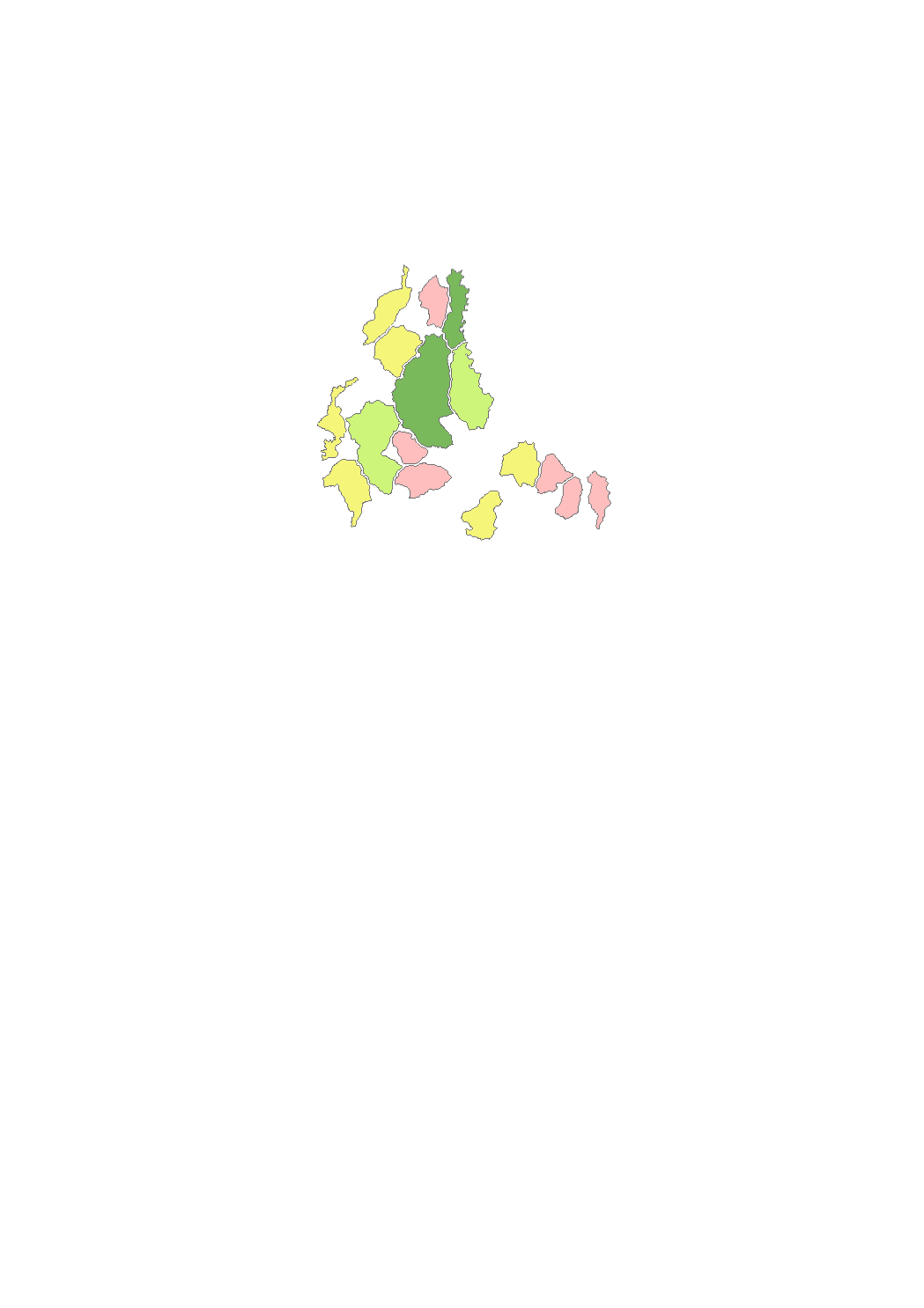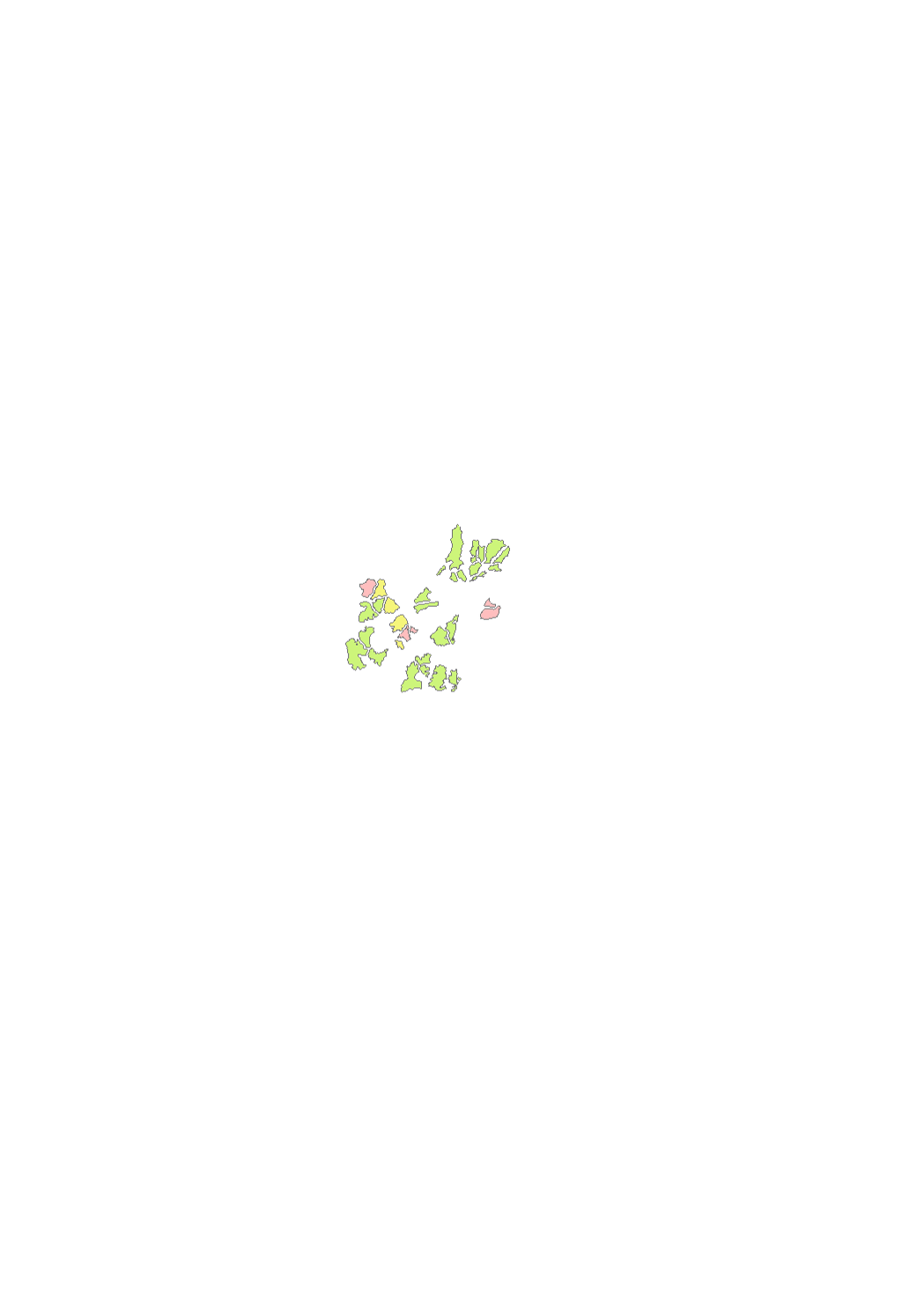Administration de l'Environnement - Unité Stratégies et Concepts
Type of resources
Available actions
Keywords
Contact for the resource
Provided by
Groups
Years
Formats
Representation types
Update frequencies
status
Scale
-

Biowaste consists of biodegradable garden or park waste, food or kitchen waste from households, restaurants, caterers or retail stores, as well as comparable waste from food processing plants. Biowaste with a high water content, especially kitchen waste or food industry waste, is best suited for anaerobic digestion. The treatment of organic waste in anaerobic digestion plants makes it possible to produce biogas as well as a residue that can be used as a soil amendment.
-

Biowaste consists of biodegradable garden or park waste, food or kitchen waste from households, restaurants, caterers or retail stores, as well as comparable waste from food processing plants. Drier waste such as garden and park waste is best suited for composting. In composting facilities, organic waste is transformed by aerobic degradation into a product (compost) which can be used as a soil amendment.
-

The operators of wastewater treatment plants with a capacity greater than 2,000 population equivalent units send an annual report to the Administration of the environment which includes, among other things, the quantities of sludge produced, the composition and characteristics of the sludge and the destination of the sludge.
-

Landfill for residual municpal waste and other non-hazardous waste
-

The quiet areas in rural areas include large, cohesive and intact open spaces of supraregional importance with a high recreational function and corresponding development for leisure and recreation. These spacious areas allow for example extensive walks without crossing noisy areas.
-

The relatively quiet urban oases include public green areas and open spaces with a high quality of living space and an appropriate design as compensation areas within walking distance of residential and work locations. Due to their inner-city location, they do not, or do not completely, meet the above-mentioned criteria of a quiet area, e. g. by showing an increased noise level or being significantly lower. However, the urban planning context of the areas has noise-reducing properties, which lead to the fact that the urban oases in their core areas are considerably calmer than their surroundings. These areas make it possible, for example, to take short walks for those seeking peace and quietness in the immediate vicinity of their homes or workplaces.
-

The quiet urban landscape areas include relatively large, continuous open spaces of at least regional importance with a high recreational function and corresponding development for leisure and recreation. Its importance lies in the balancing function to the noisy and densely populated areas of the agglomeration of Luxembourg. The quiet urban landscape close to the residential area allows, for example, extensive walks with only occasional crossing of areas with higher noise levels.
-

Containerpark fixed or mobile
-
Quiet urban areas include relatively large, continuous open spaces of at least regional importance with a high recreational function and corresponding development for leisure and recreation. Their importance lies in their balancing function to the noisy and densely populated areas of the agglomeration of Luxembourg and the agglomeration south. The quiet urban areas are close to residential areas and allow, for example, extensive walks with only occasional crossing of areas with higher noise levels.
-
Quiet areas in rural areas include large, cohesive and intact open spaces of supraregional importance with a high recreational function and corresponding development for leisure and recreation. These spacious areas allow for example extensive walks without crossing noisy areas.
 geocatalogue.geoportail.lu
geocatalogue.geoportail.lu